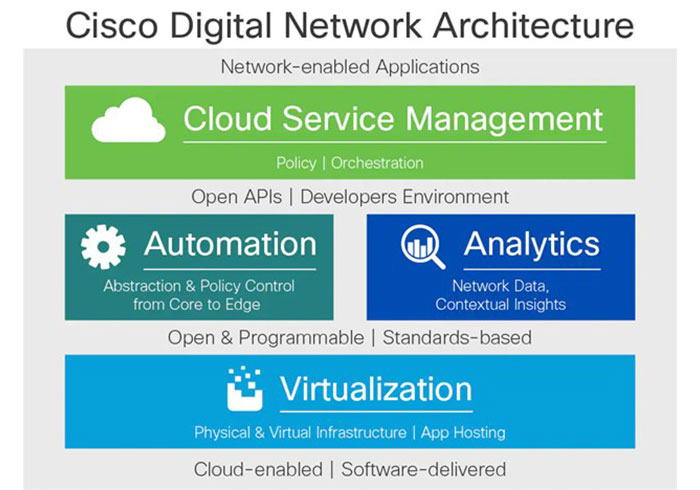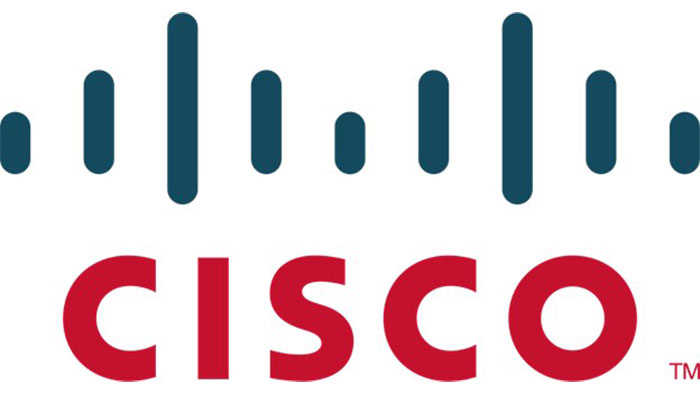As digital transformation continues to reshape industries and societies worldwide, the need for a more agile, reliable, and scalable network infrastructure has become increasingly crucial. The licensed Cisco Next Generation Network (NGN) is a new approach to network architecture that promises to revolutionize the way we communicate and do business.

The NGN is built on a foundation of software-defined networking (SDN) and network function virtualization (NFV) technologies, which enable the network to be dynamically configured and optimized in real-time. This allows service providers to deliver new, innovative services to customers while maintaining a high level of reliability and security.
One of the key advantages of the NGN is its ability to support a wide range of services, including voice, data, and multimedia. This is achieved through the use of a flexible and scalable infrastructure that can adapt to changing demands. With the NGN, service providers can deliver new services to customers quickly and efficiently, while maintaining a high level of reliability and security.
The NGN also incorporates automation and artificial intelligence (AI) to optimize network performance and reduce operational costs. This is achieved through the use of machine learning algorithms that can analyze network data and identify potential issues before they become critical. With the NGN, service providers can reduce the time and resources required to maintain their network infrastructure, freeing up valuable resources for other tasks.
Cloud computing and edge computing technologies are also important components of the NGN. By distributing network resources across multiple locations, data can be processed closer to the source, reducing latency and improving the efficiency of data processing. This is particularly important for applications that require real-time data processing, such as video streaming, online gaming, and IoT applications.
The NGN also incorporates advanced security features, including threat detection and prevention, network segmentation, and access control. This helps to protect customer data and prevent unauthorized access to network resources, reducing the risk of data breaches and other security threats.
In the following, we will explore the key features of the Cisco License NGN and how they can benefit businesses and organizations.

One of the key features of the licensed Cisco NGN is its ability to support a wide range of services, including voice, data, and multimedia. This is achieved through the use of a flexible and scalable infrastructure that can adapt to changing demands. With the NGN, service providers can deliver new services to customers quickly and efficiently, while maintaining a high level of reliability and security.
SDN is a key component of the Cisco Next Generation Network. It allows service providers to dynamically configure and optimize the network in real-time, improving network performance and reducing operational costs. With SDN, network resources can be provisioned and managed centrally, reducing the need for manual configuration and improving network agility.
NFV is another important component of the licensed Cisco Next Generation Network. It allows network functions, such as firewalls, load balancers, and routers, to be virtualized and run on commodity hardware. This reduces the need for specialized hardware and improves the scalability and flexibility of the network.
The Cisco NGN incorporates automation and AI to optimize network performance and reduce operational costs. Machine learning algorithms are used to analyze network data and identify potential issues before they become critical. With the NGN, service providers can reduce the time and resources required to maintain their network infrastructure, freeing up valuable resources for other tasks.
Cloud and edge computing are important components of the licensed Cisco Next Generation Network. By distributing network resources across multiple locations, data can be processed closer to the source, reducing latency and improving the efficiency of data processing. This is particularly important for applications that require real-time data processing, such as video streaming, online gaming, and IoT applications.
The Cisco NGN incorporates advanced security features, including threat detection and prevention, network segmentation, and access control. This helps to protect customer data and prevent unauthorized access to network resources, reducing the risk of data breaches and other security threats.

In conclusion, the licensed Cisco Next Generation Network (NGN) is a powerful new approach to network architecture that promises to deliver a more agile, reliable, and scalable network infrastructure. Its key features, including flexible and scalable infrastructure, SDN and NFV, automation and AI, cloud and edge computing, and advanced security features, make it an ideal solution for businesses and organizations looking to stay ahead of the competition in today’s fast-paced digital landscape.